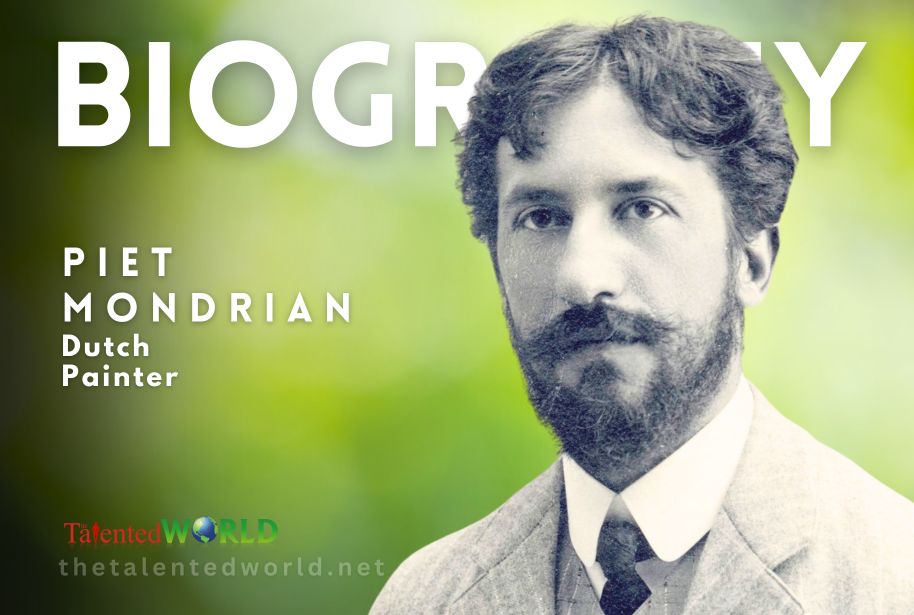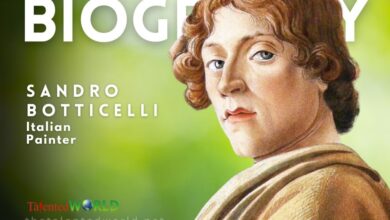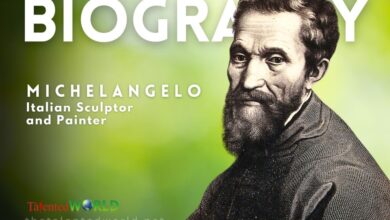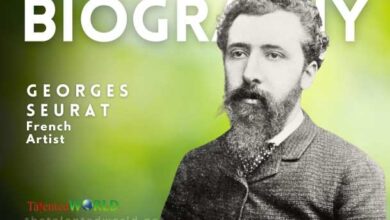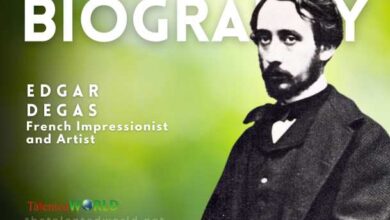| Full Name | Pieter Cornelis Mondriaan (before 1906), Piet Mondrian (after 1906) |
| Date of Birth | 7 March 1872 |
| Place of Birth | Amersfoort, Netherlands |
| Date of Death | 1 February 1944 |
| Place of Death | New York City, U.S. |
| Education | Rijksakademie (Academy of Fine Arts), Amsterdam |
| Known For | Painting |
| Notable Works | Evening; Red Tree, Gray Tree; Composition with Red Blue and Yellow; Broadway Boogie Woogie; Victory Boogie Woogie |
| Movement | De Stijl, abstract art |
| Contribution | Pioneering 20th-century abstract art, co-founding the De Stijl art movement, developing Neoplasticism, limiting his formal vocabulary to simple geometric elements |
| Influence | Major influence on abstract painting, Color Field painting, Abstract Expressionism, Minimalism, design, architecture, and fashion |
